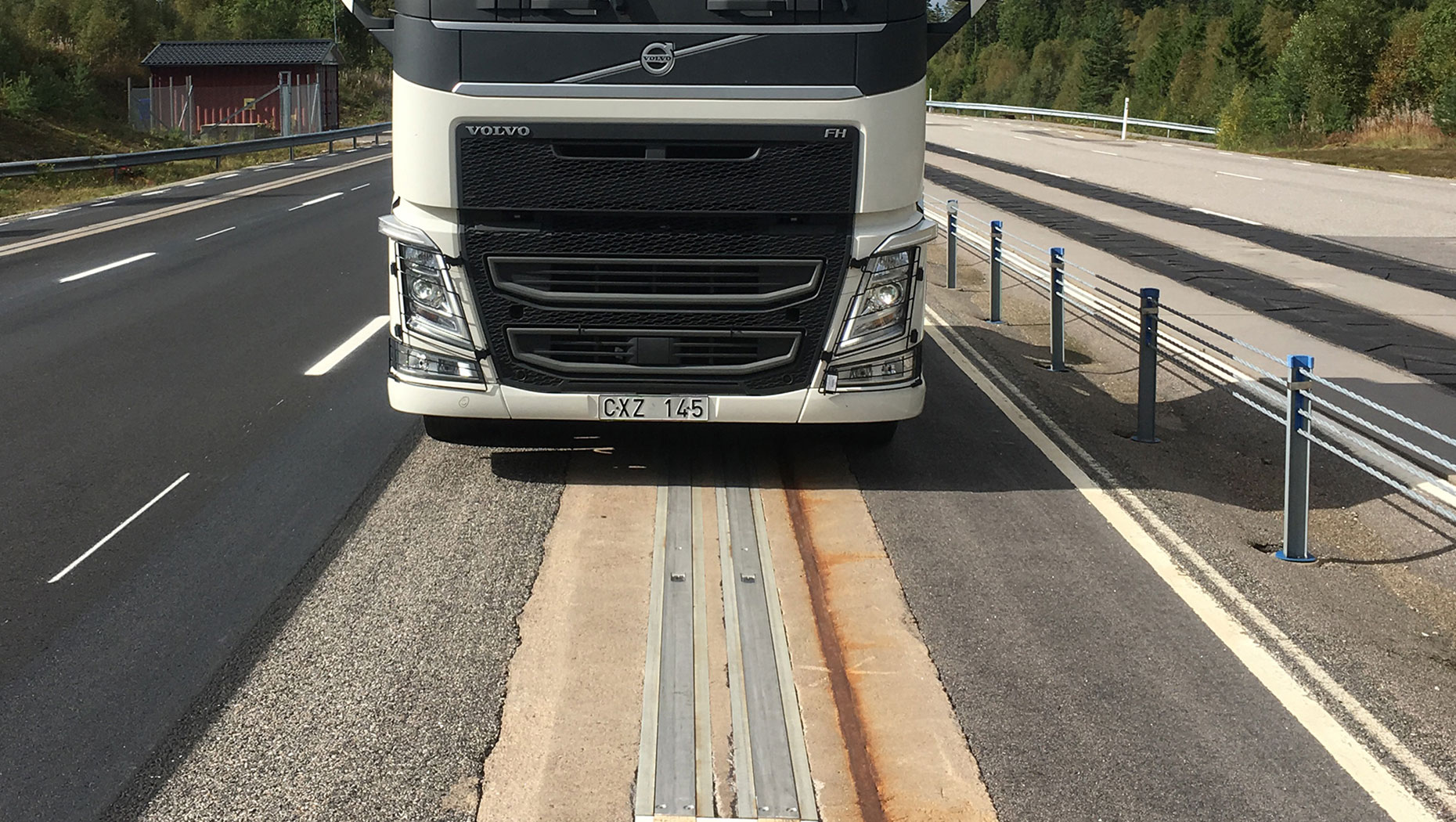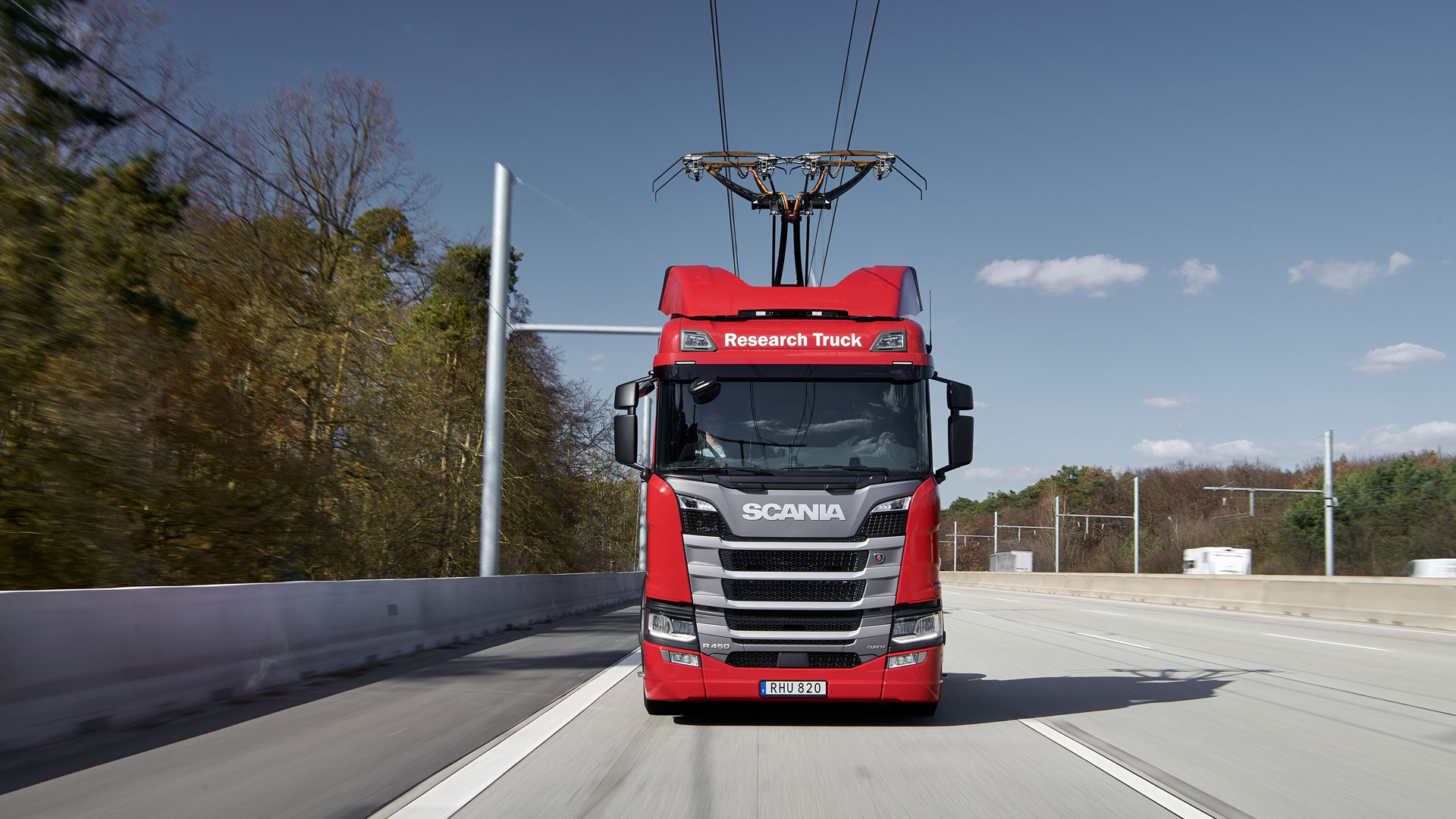
Sweden’s permanent electric roads will allow EVs to charge on the move. Read to know more about the first-of-its-kind e-motorway.
All about Sweden’s permanent electric roads:
With the European Union passing a landmark law requiring all new cars to have zero CO2 emissions from 2035, nations are rushing to prepare the needed infrastructure. Sweden is gearing up with a first of its kind permanent electrified roads. On these electric roads, trucks and cars can recharge while driving. The country was also the first to introduce a temporary electric road.
“We think the electrification solution is the way forward for decarbonizing the transport sector and we are working with several solutions,” stated Jan Pettersson. Pettersson is the Director of Strategic Development at Trafikverket, the Swedish transport administration. Most Electric Road System (ERS) studies focus on larger vehicles such as trucks. However, according to a recent study, private cars can also benefit.
Sweden’s electric roads: More on the new infrastructure

The project of electric roads is currently at its procurement stage and will be built by 2025. While the charging method is not decided, there are three main possibilities: catenary system, conductive (ground-based) system, and inductive system. The first type is overhead wired for electricity to transportation, especially for heavy-duty vehicles such as trams and buses. On the other hand, conductive charging works well for private and heavy-duty vehicles as long as a conducting system like rails exist. Vehicles get charged through a stick touching the rail.
Inductive charging uses special equipment buried in the road for sending electricity and charging the EV through a coil. According to Pettersson, there is a “special challenge” in keeping heavy vehicles charged. “If you are going to have only static charging full battery solution for heavy-duty vehicles, you will get vehicles with a huge amount of batteries that the vehicles need to carry,” stated Pettersson.
“The required battery range with ERS differs from urban to rural residence, meaning the drivers that are living near to the city center would have smaller batteries because they are more approximate to the ERS and they will gain more,” stated Dr. Washim Shoman. Dr. Shoman is a Researcher at the Physical Resource Theory division at the Chalmers University of Technology. He believes the difference in the battery ranges could be as much as 20 percent. However, further development will help in reaching newer milestones.






